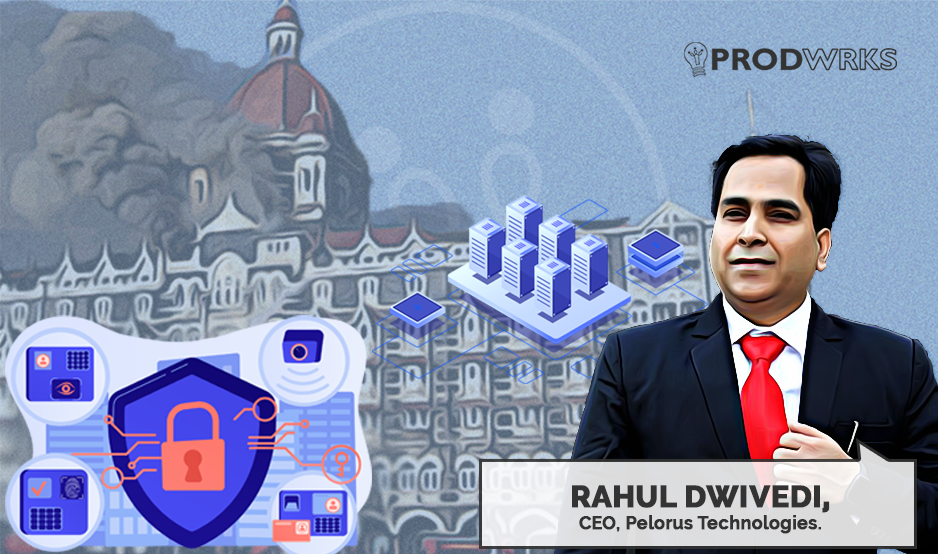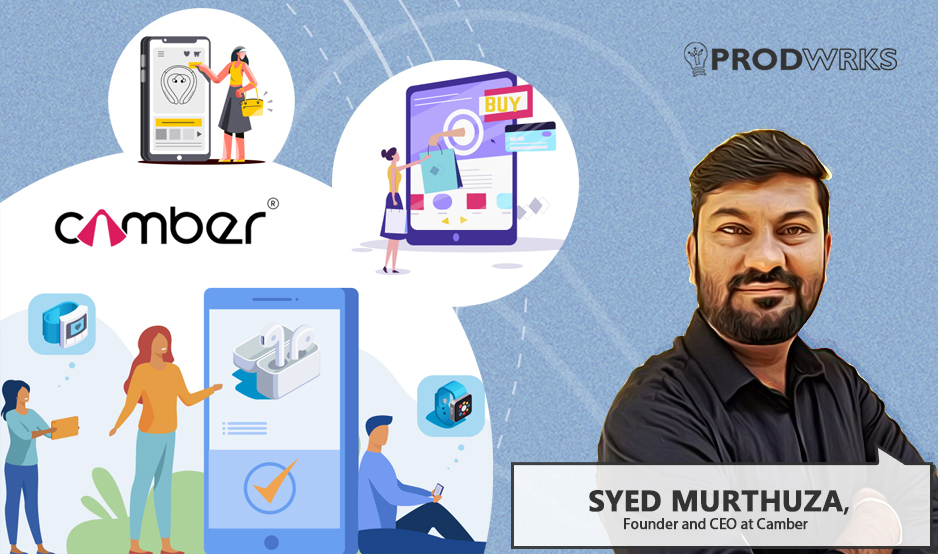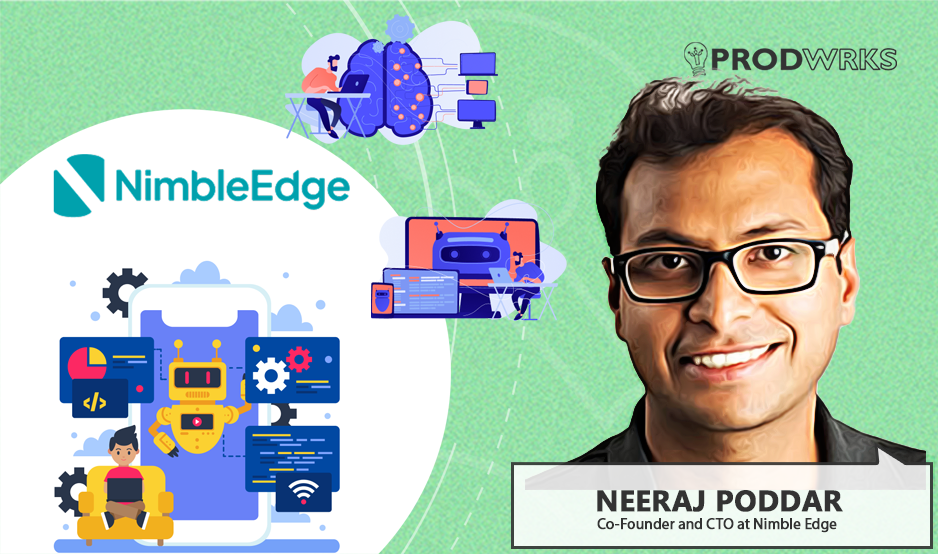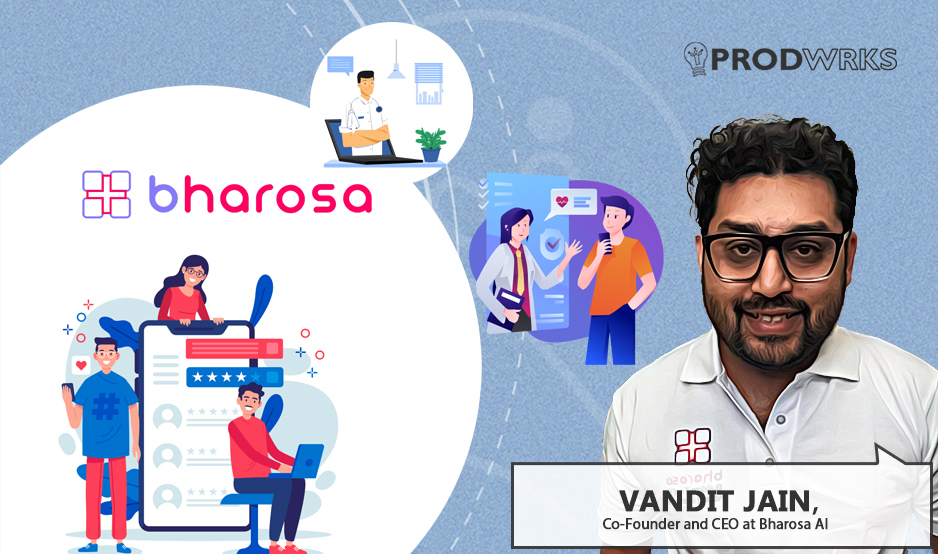
In November 2008, the 26/11 Mumbai terrorists attacks exposed critical vulnerabilities in India’s security infrastructure, particularly in satellite communication interception. For patriots like Rahul Dwivedi, it was a wake-up call—and an opportunity to make a difference.
What if technology could be the answer to safeguarding the nation against emerging threats?
This question led to the birth of Pelorus Technologies in 2009, a company that Rahul founded and named after a maritime navigation instrument, symbolizing its mission to help law enforcement and intelligence agencies navigate the complex seas of digital crime and security.
Today, Pelorus Technologies stands at the forefront of digital forensics, intelligence, and surveillance, empowering some of India’s most critical government and law enforcement bodies across the country, from the Central Bureau of Investigation to the Narcotics Control Bureau and state police departments of Tamil Nadu, Mumbai, J&K, Telengana, Kerala, Assam, Delhi, etc.
With an in-house team of software and embedded systems engineers, Pelorus develops tailored solutions that dig deep—right down to the chipset level—to tackle challenges ranging from social media monitoring and financial fraud detection to network and mobile forensics.
But what makes Pelorus truly stand out is its forward-looking approach. As Rahul explains, “The company is not just reacting to today’s threats—it’s anticipating tomorrow’s.”
AI-driven platforms, big data fusion, and unified forensic solutions are at the core of their innovations, enabling agencies to work smarter, faster, and more effectively in a world where cyber threats evolve by the day.
In a candid conversation with Team ProdWrks, Rahul Dwivedi shares how Pelorus has transformed the investigative landscape over the past 15 years, the pivotal role of AI in modern surveillance, and the challenges of building cutting-edge tools while ensuring they’re accessible and adaptable for law enforcement.
He also offers a glimpse into the future—where Pelorus aims to expand beyond government clients into industries like finance, healthcare, and critical infrastructure, providing the same level of precision and security to safeguard sensitive data.
Join us as we explore how Pelorus Technologies is helping India—and the world—stay one step ahead in the ever-evolving game of security and intelligence.
This interview has been edited for clarity and length
Q1. Pelorus was born out of the 26/11 national crisis. How has that origin story influenced your mission and the evolution of your company?
Rahul: The genesis of Pelorus Technologies is deeply rooted in the aftermath of the 26/11 tragedy, a moment that exposed critical gaps in our nation’s capabilities for satellite phone interception. As someone deeply passionate about Thuraya satellite phone interception technologies, I felt compelled to address this void and dedicate myself to creating solutions tailored for India’s unique challenges. This origin story shaped our mission to empower the nation with advanced interception, decoding, and investigation tools, helping safeguard our country with cutting-edge technology.
Q2. Since 26/11 terror attacks, how have digital forensics, intelligence, and surveillance needs evolved within India? What shifts do you foresee in the next 5–10 years?
Rahul: Since 2009, we’ve witnessed rapid advancements in digital forensics, intelligence, and surveillance, paralleling technological progress. Moving forward, artificial intelligence (AI) will play a transformative role, not only in detecting and addressing crimes but also in the sophistication of criminal activities. Over the next 4–5 years, we anticipate the rise of AI-driven platforms capable of integrating vast datasets to generate actionable insights. This evolution will redefine crime-solving methodologies, paving the way for smarter, more data-centric forensic systems.
Q3. Pelorus works with a lot of government agencies. What are the unique challenges you face while building and implementing technology for the government?
Rahul: Our clientele spans from Jammu & Kashmir to Tamil Nadu, Mizoram to Gujarat, encompassing state police forces, forensic science laboratories, central and federal agencies, and the armed forces. A key challenge we faced was transforming the mindset of users. While we provide cutting-edge technology, its effectiveness hinges on the user’s ability to adapt and evolve alongside it. Initially, a lack of trained personnel hindered the potential of these tools. Today, we’re witnessing a shift, with clients increasingly embracing technology as an integral part of investigative processes. One notable case involved creating a tailored solution for a state agency that significantly enhanced their ability to decode complex digital evidence, reshaping how cases were investigated in their jurisdiction.
Q4. This is Interesting. What role does AI play in digital forensics, especially in media monitoring and image/video analysis?
Rahul: AI has become indispensable to our work in surveillance, interception, and digital forensics. It accelerates data processing, enhances accuracy, and adapts to evolving threats. In media monitoring and image/video analysis, AI helps identify patterns, extract actionable insights, and flag anomalies in real time. As AI matures, its integration into data-driven solutions will revolutionize forensic investigations, enabling faster and more precise results.
Q5. Can you share interesting use cases for your clients where AI and ML models were employed to detect or solve a problem?
Rahul: AI has been pivotal in several groundbreaking investigations. In one instance, our AI-powered tools analyzed massive amounts of unstructured data, helping authorities uncover connections that were otherwise invisible. Another case involved using machine learning models to predict and prevent financial fraud by identifying suspicious transactions within enterprise datasets. These examples illustrate how AI not only streamlines the investigative process but also provides predictive insights that preempt criminal activities.
Q6. Pelorus also offers a broad range of solutions—from financial fraud analytics to counter-surveillance tools. Do these solutions share any common tech stack or infrastructure?
Rahul: Product development at Pelorus is problem-focused. Each solution is tailored to address specific challenges, whether extracting data from mobile phones or decoding hard drives. While many of our solutions share similar technological foundations, others operate on entirely unique tech stacks, depending on the complexity of the issue. This modular approach allows us to remain agile and innovate rapidly while ensuring our solutions are deeply specialized and effective.
Q7. Can you share a few key user/market insights that you uncovered during product development? How have these insights shaped your products?
Rahul: One of our most exciting realizations was the potential of consolidating disparate datasets into a unified platform. This insight inspired the development of integrated solutions capable of handling structured and unstructured data, providing investigators with a single, powerful tool for analysis. The resulting “big data box” concept has revolutionized how we approach investigations, offering faster and more comprehensive insights across diverse data types.
Q8. Beyond success in the government sector, which specific industries do you see adopting Pelorus’s solutions readily, and why?
Rahul: While the government sector remains a core focus, enterprises and public sector undertakings (PSUs) represent significant growth opportunities. The rise in fraud and cybersecurity challenges within these sectors necessitates advanced investigative tools, creating a natural demand for our solutions. Looking ahead, industries like finance, healthcare, and critical infrastructure could also benefit from our expertise in securing and analyzing sensitive data.
Q9. Are there any emerging threats or opportunities that impact the products that you are currently building at Pelorus? What upcoming technologies excite you most in the surveillance and forensics sector?
Rahul: The integration of AI, big data analytics, and unified forensic platforms excites me the most. These technologies simplify investigations by merging datasets, reducing time-to-insight, and enabling proactive measures against crimes. However, the rise of AI also presents challenges, as it becomes both a tool for solving crimes and a vector for committing them. Balancing these dual aspects will shape the future of the industry.



